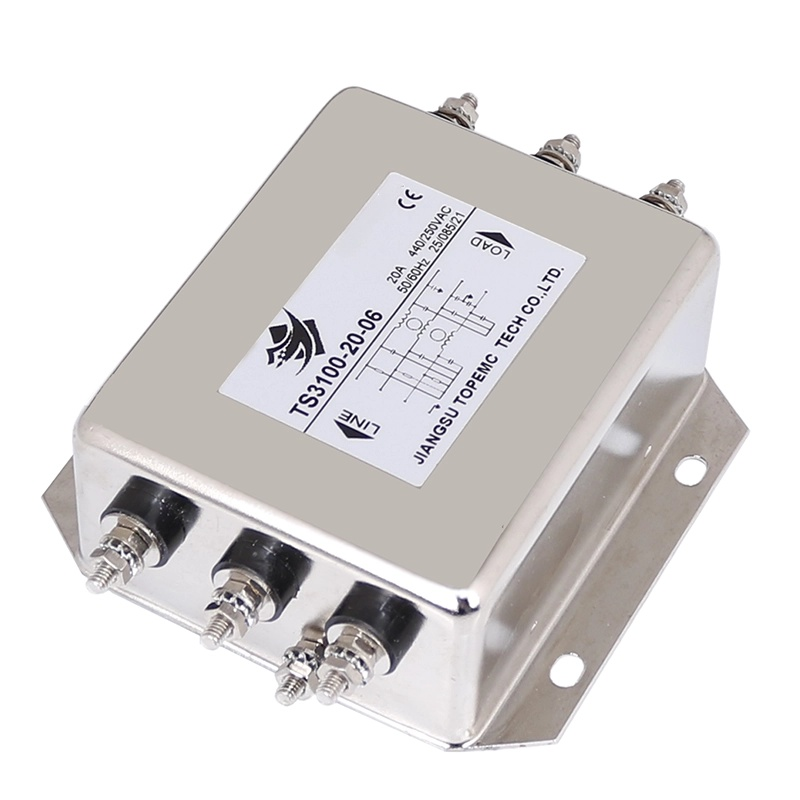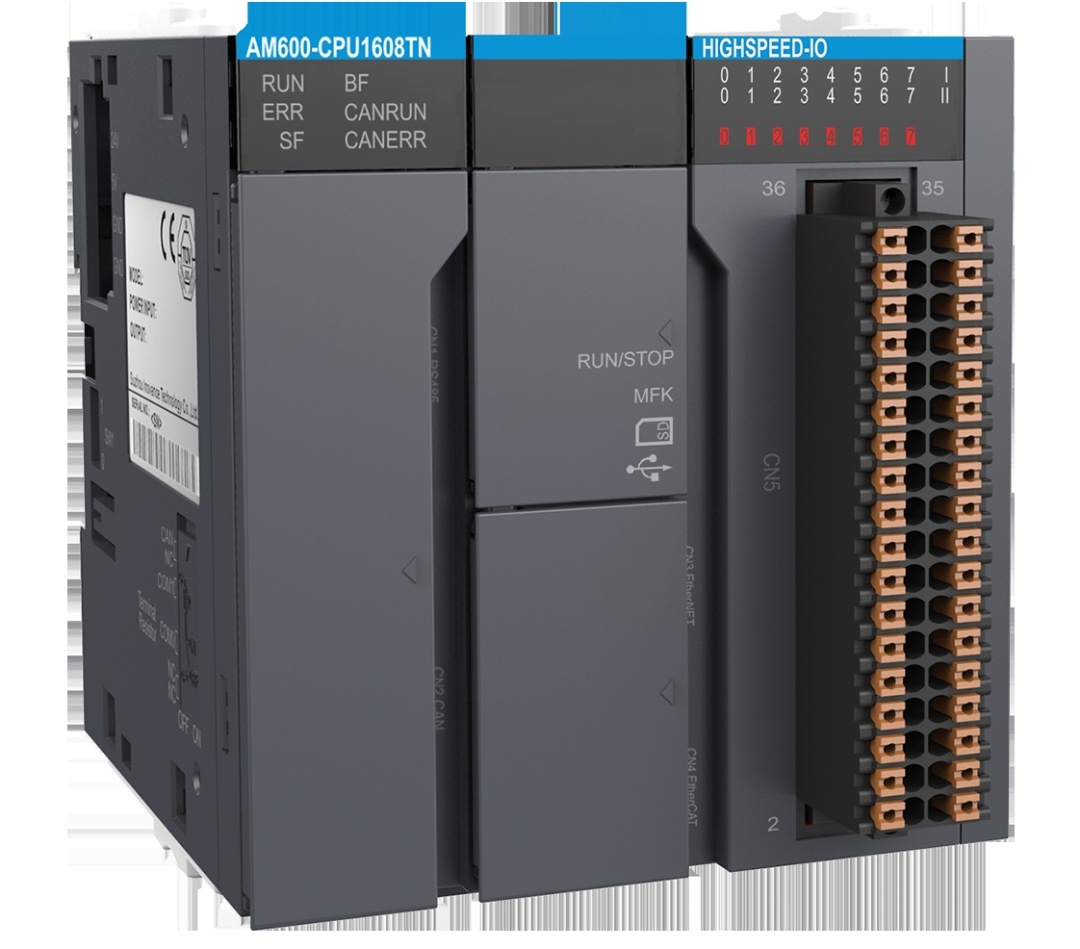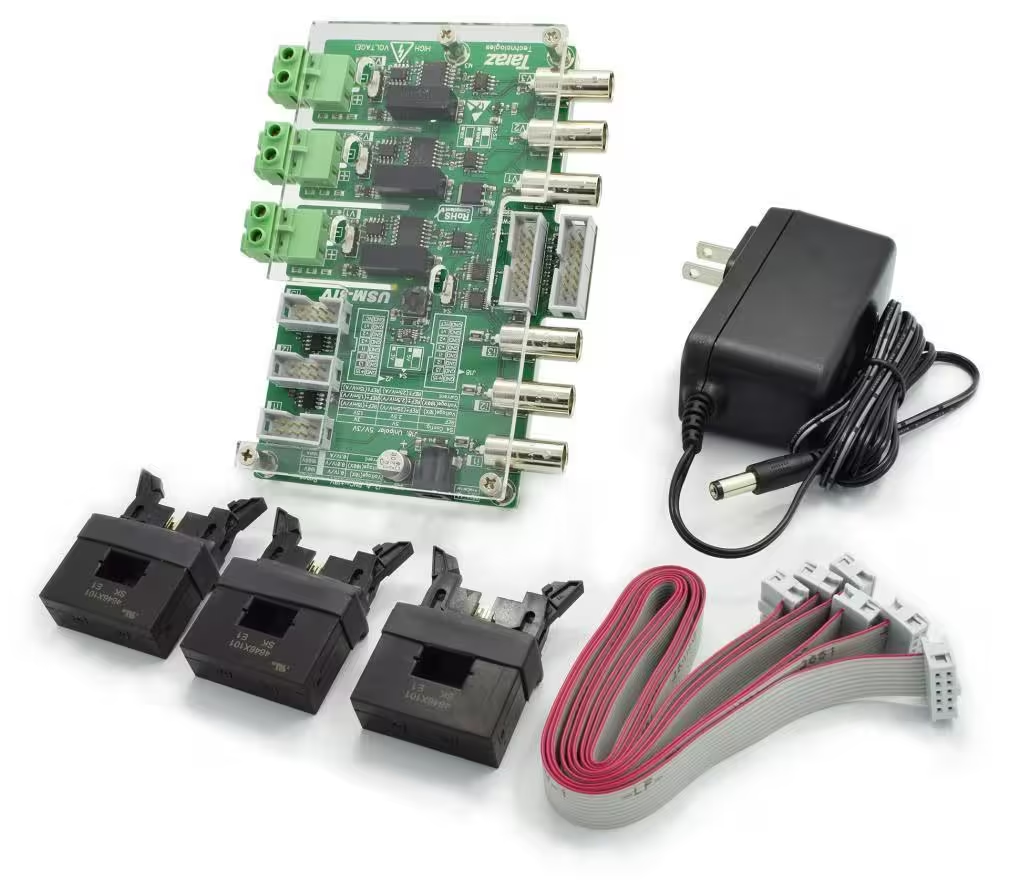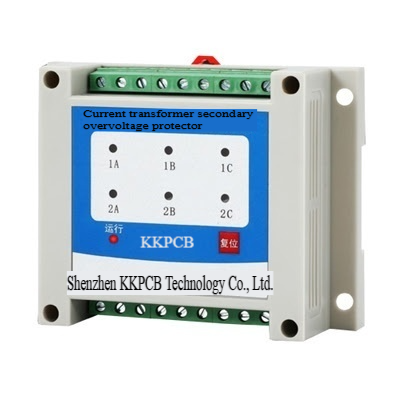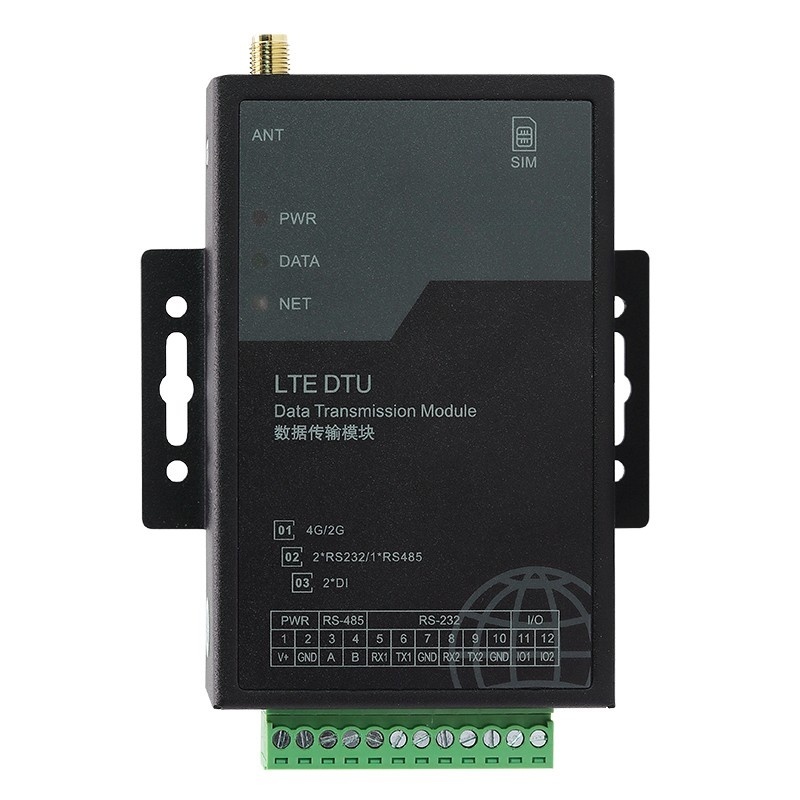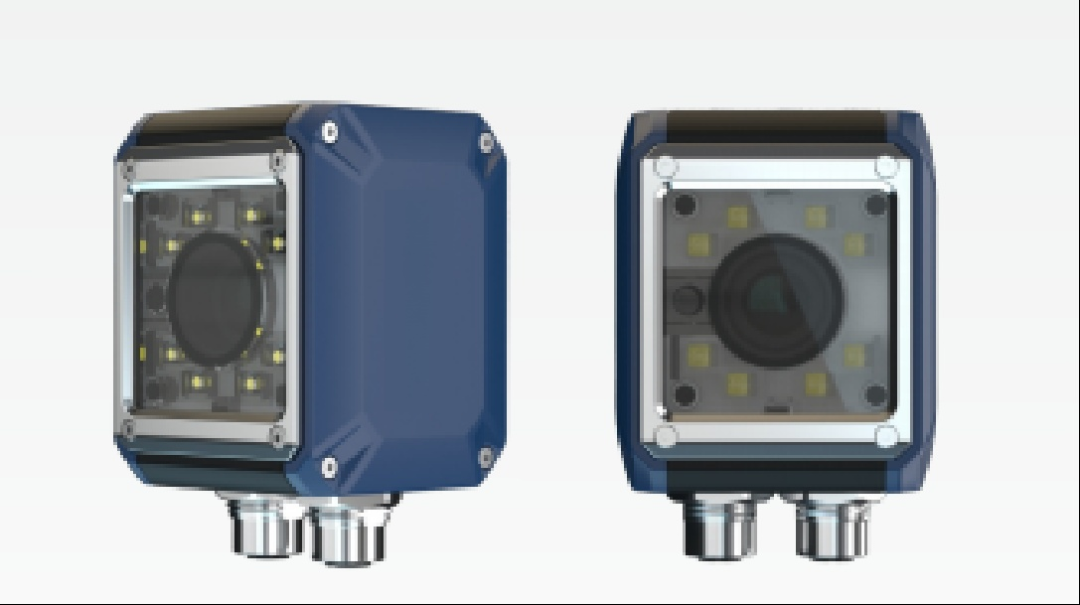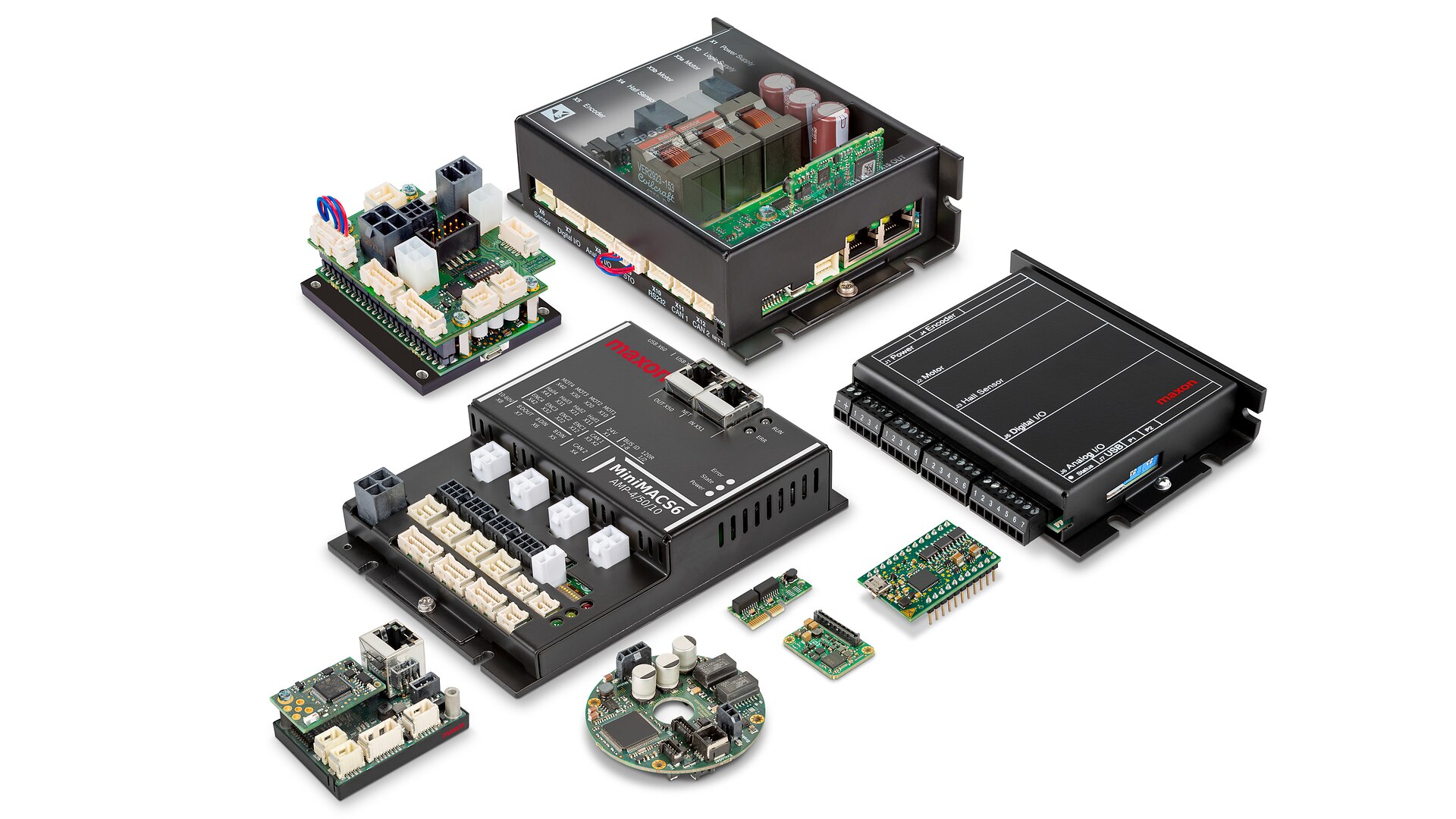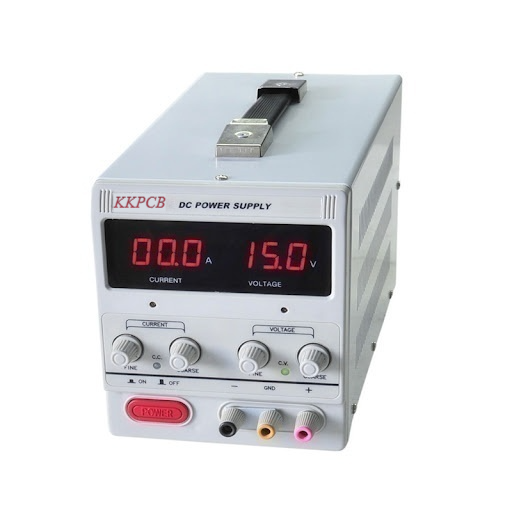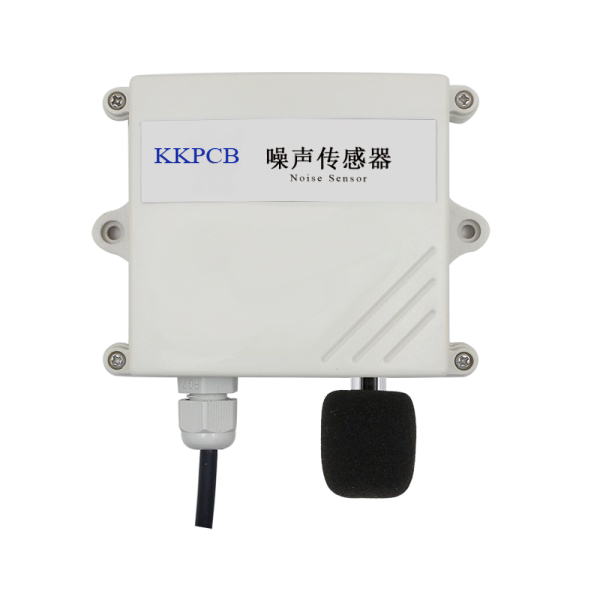1. Background Overview A European client in the industrial automation sector was facing challenges related to electromagnetic interference (EMI) suppression, long lead times, and cost control in their power filter modules. They required a reliable manufacturing partner to deliver high-quality PCBA with strong EMI performance and timely delivery. KKPCB was selected for its advanced PCB […]
1. Background A European client in the industrial automation sector aimed to develop a compact, stable, and interference-resistant PLC programmer. Their previous supplier struggled with delivery delays and inconsistent quality, leading the client to seek a more reliable PCBA partner. KKPCB was selected for its strong manufacturing capabilities and engineering support. 2. Application Scenario The […]
1. Background Overview A European client specializing in smart grid and power electronics required a high-precision, compact, and EMI-resistant voltage sensor module PCBA. The solution needed to support multi-channel voltage and current measurement, ensure signal isolation, and be compatible with various control systems. 2. Application Scenario The PCBA is integrated into power monitoring systems, including […]
1. Background Overview A European industrial customer focusing on smart distribution systems required a highly accurate, low-loss, and production-friendly current transformer PCBA. The solution needed to integrate current sensing, energy monitoring, and protection features while maintaining cost-effectiveness and production scalability. 2. Application Scenario The PCBA is integrated into smart distribution cabinets, serving as the core […]
1. Background Overview A European industrial automation customer required a high-reliability data transmission module for use in rugged and space-constrained environments. The module needed to meet strict requirements for signal integrity, power efficiency, and heat dissipation, while ensuring fast production and stable long-term performance. 2. Application Scenario The PCBA is used in real-time data transmission […]
1. Background Overview A European customer aimed to develop a new generation of collaborative robots (Cobots) to strengthen their position in the industrial automation market. They required a highly reliable partner capable of providing one-stop services from PCB manufacturing to PCBA assembly to ensure superior quality and fast delivery. KKPCB stepped in with a tailored […]
1. Background Overview A European client aimed to develop a high-performance industrial smart sensor for industrial automation systems. The device needed to be compact, highly reliable, and compatible with multiple sensor types, while supporting robust communication protocols and protection mechanisms. To meet their high reliability and mass production consistency requirements, the client partnered with KKPCB […]
1. Background Overview A European customer sought to develop a compact, high-performance motor controller for use in industrial automation systems. The controller had to support precise motion control, offer robust communication interfaces, and maintain operational reliability in demanding environments. Due to the complexity of the design and need for high-quality production, the customer turned to […]
1. Background Overview A European customer in the industrial automation sector required a stable and efficient PCBA solution for a voltage regulator module. Their challenge was ensuring voltage output consistency, thermal stability, and cost efficiency across high-volume production. 2. Application Scenario The voltage regulator is used in industrial control cabinets and automation systems, delivering stable […]
1. Background Overview A European client planned to develop an industrial-grade noise sensor for factory noise monitoring and smart city applications. The PCBA needed to meet strict requirements for sensitivity, interference immunity, and long-term reliability. Challenges included precise signal processing, limited PCB space, environmental adaptability, and cost control. 2. Application Scenarios The noise sensor is […]







